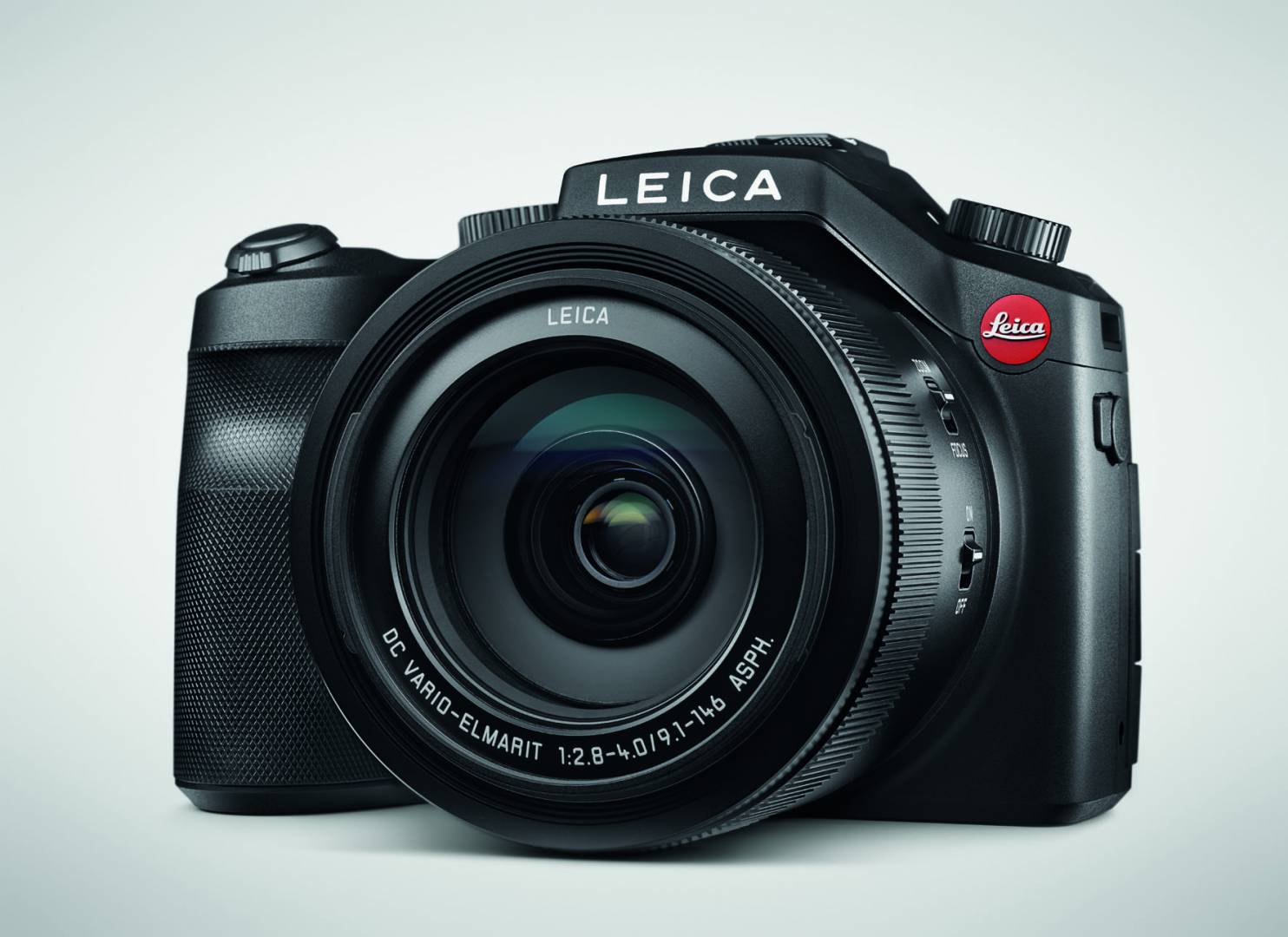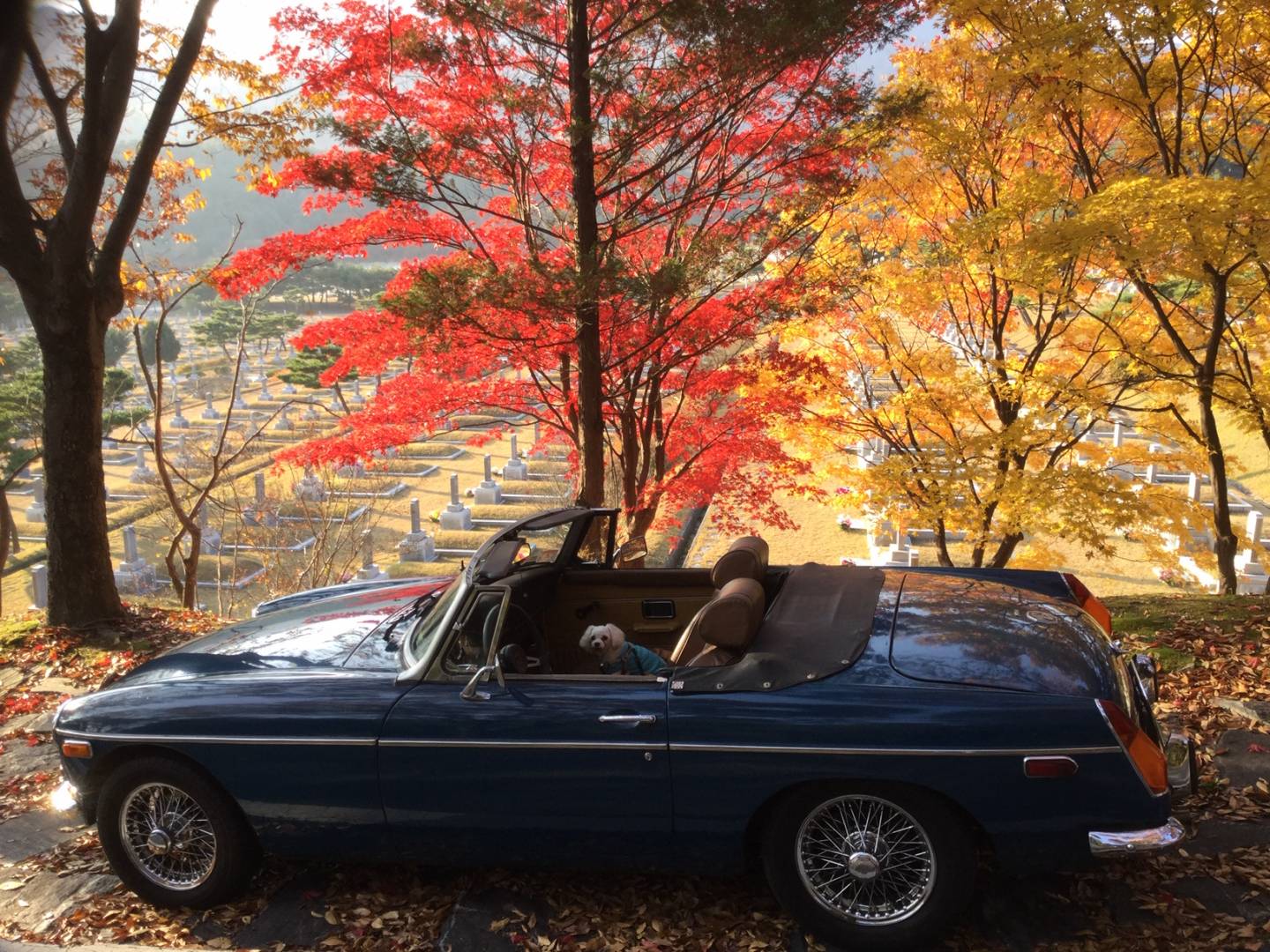“Rumours of my death are greatly exaggerated” —Mark Twain
The same might be said of the MG marque. It seems to persist through all adversity. After its origin in 1923, Morris Garages went through a series of stages, from making its own cars to re-badging sports models of other British makes, then on to the MGB V8 and through to closure.

But the MG tag has lived on since the acquisition of assets by Nanjing Auto in 2005 to a stage where MG-branded vehicles are now back in the marketplace. So, I realise that it’s a stretch, but one could propose that rumours of the death of MG in the early 2000s were indeed exaggerated. The badge still exists today, even though the purists would lament the loss of MG in British design and industry.
I’d also like to suggest that the rumours of the death of small sensor cameras are greatly exaggerated. There’s still a place for them in the armoury of photographers. And, just for fun, I’d like to illustrate this proposition with some examples of some heritage MGB vehicles.
Classic Rallying
Here in Australia we have a group of car enthusiasts in the Classic Rally Club. It has nearly 400 members. A few months ago they held their two-day Alpine Classic Rally in the mid-west of New South Wales. It is a team event with drivers steering their classic vehicles over mainly secondary roads within legal speed limits, while their navigators try to ascertain the correct route using old survey maps and tricky instructions set by the rally director.


Instead of competing as in the past, I was asked to do some photography for the club. That was going to be a new gig for me. What to use….and here we go. I decided on a camera with a small one-inch sensor. Well, the sensor might not be huge, but the chosen camera wasn’t so small. It was the Panasonic Lumix FZ1000. The focal length range from 24mm all the way through to 400mm would provide excellent flexibility as I didn’t want to be hassled by changing lenses all weekend.
Enter the FZ1000
In fact, the FZ1000 was great for purpose. Wide angle, telephoto, close up and depth of focus (rather than bokeh) whenever I wanted it. It’s fast to focus and accommodating of different light levels. No wonder Leica chose to re-badge that camera as the Leica V Lux (Typ 114).

Fun times, A Great Weekend.
Cars left the start line at one minute intervals for the two-day navigational event over approximately 700km. It was easy to accommodate the organisers’ request to get photos of every car as they commenced. In fact, the flexibility of the camera made it easy to capture a wide range of images of each car and their eager teams within.




A barbecue breakfast at a closed location on the second morning provided the opportunity for drivers to blow the cobwebs out of their vehicles (and themselves) in a closed circuit motorkhana. Again, the reach of the camera and its ability to lock autofocus quickly was essential for getting some fun images for the event.





Out on the roads the MGBs provided a fun weekend for their owners and teams. Water crossings, open roads, bridges. It’s all good fun.



Back to the beginning…
After the weekend with the FZ1000, the Rally Club had hundreds of special images to well remember their flagship event of the year. Beyond that, it convinced me that the rumours of the death of smaller sensors are greatly exaggerated. When maximum flexibility of focal lengths all the way through from wide angle to telephoto, along with depth of field and fast autofocus are needed, the relatively small sensor of the FZ1000 will yield results without a hitch. To get similar results with full frame or larger would require major muscle development for a photographer, and emptying of a bank account.
For what it provides, the FZ1000 is actually a quite light, compact camera, despite its medium size dimensions. It is a highly versatile device, a sort of Swiss Army knife for capturing images. Its small sensor isn’t dead, it is still alive today. I like the camera a lot, and enjoyed pushing it hard, but I do sometimes wish I had the “Red Dot” version.
Additional Note:
It is indeed appropriate here to also acknowledge LHSA member and Leica guru George Furst. He has succeeded in commissioning a wonderful replica ur-Leica (see Macfilos 19 October 2018, below), and William Fagan provided links to his journey with this camera.
But, a less familiar fact about George is that he is also the owner of the first ever MGB in South Korea. So unusual was his car that he had to work hard and circuitously to even get it


And thank you for the memory jogs StephenJ.
There are a number of hard top MGB GTV8s in the club. The shoe horning of the Rover V8 into the MG engine bay was an engineering feat. It did lead to the power bulge on the bonnet, much like the evf forced the bulge onto the Leica X2.
You are likely quite correct about the blue car being an MGC GT, even though it was listed in the entrants as a straightforward MGB. It did sound great, very purposeful.
Cheers, Wayne.
Unlike the difference between the Panasonic FZ1000 and the Leica V Lux, which is almost entirely cosmetic, the difference between and MGC GT and an MGB GT (V8) is more significant.
The former was produced by a company that was beginning to descend into state owned chaos as a cost cutting measure, whilst the latter was produced after the company had arrived there.
But something good came out of it all, sad to say for this Englishman but Mazda made a much better job of the MGB than the British government ever did with the MX5, and a small bunch of British car enthusiasts ended up reaching into the parts bin and coming up with the superb Heritage MGB RV8, most of which ended up not in Korea, but with delicious irony, in Japan.
As to why either of these things are so, I am not prepared to comment further, other than to point out that amongst your excellent pictures, the blue one that is featured quite heavily, looks like an MGC GT to me.
I remember as a 15 year old being driven by a friend’s mother to a Chelsea/Charlton match in the back of an MGB GT…. And oh boy, did my neck ache by the time we arrived, and it was only around a two mile trip down the Fulham Road.
Anyway Wayne, thanks for the memories.
Now that looks like a really fun weekend Wayne. I really need to convince Liz that a trip around the world to see Oz will be worth it. I remember the beloved MG’s, and a local guy near me here in the UK had one brought back from its graveyard to mint condition. Oh, and the camera has done you proud too.
Thanks Dave.
I too admire the effort that some owners put into maintaining their early classic cars. I’ve never had one with wire wheels, but I imagine it would be a special person who would spend the necessary time with a toothbrush keeping them immaculate. (Like the rest of the car, the wheels on George Furst’s MGB look pretty good – to be expected of a Leica guru I guess 🙂
All the best, Wayne.
Hi Wayne,
Nice photos, I particularly like that at the water crossing. Back in 2013 I made a road trip across Colorado and Arizona in support of my son who was cycling across the US for charity. I took a FZ200 and it proved to be an excellent tool with, as yours, a flexible zoom and fast reliable auto focus. I still have it and it also survived a trip to the Arctic where the long focal length provided a useable shot of a mother polar bear with Cubs from a safe distance! The smaller sensor size sometimes shows its limitations and I’ve often thought of moving up to a FZ1000 or whatever is the latest in the range. So I’m 100% with you on the benefits of those cameras. Kevin
Hello Kevin. I have some images of a Peking-Paris rerun car hitting that water crossing really hard. Spectacular. I’ll have to include them in a write-up of weather proofing of cameras.
Regarding the V Lux / FZ cameras they present a dilemma. The V Lux typ 114 / Fz1000 Has much better and faster autofocus than the earlier V Lux 4 / FZ200. Also better image quality, although not markedly so. But the 114 is much more bulky than the remarkably compact V Lux 4.
I’ve owned and used both. And enjoyed them both. As superzoom bridge cameras they both hold their heads high.
Cheers, Wayne.